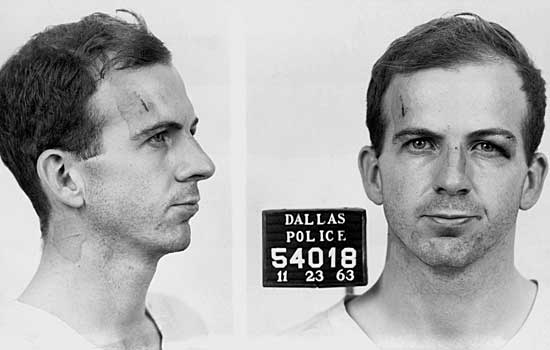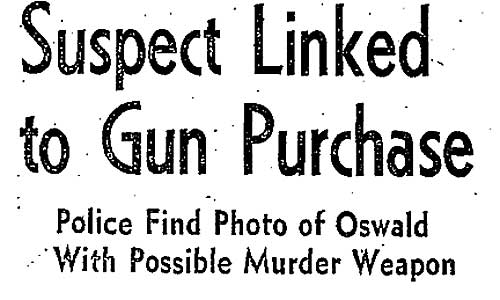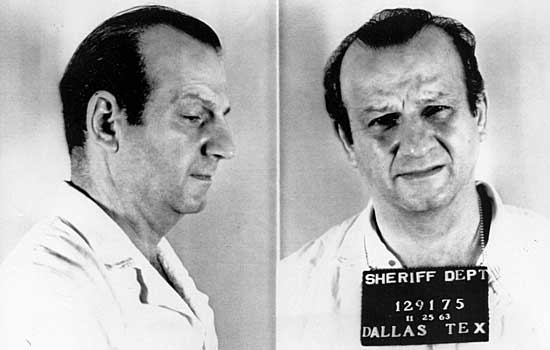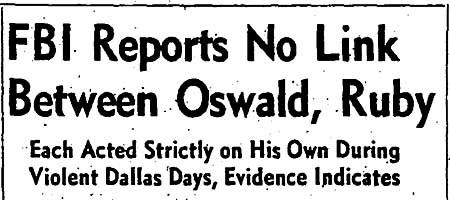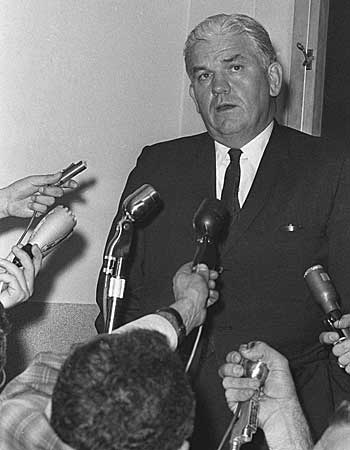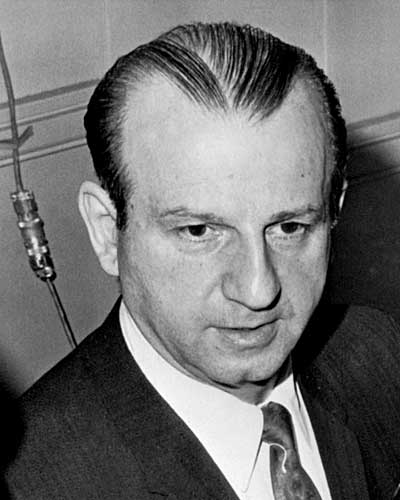John F. Kennedy assassination
On Nov. 22, 1963, President John F. Kennedy and First Lady Jacqueline Kennedy arrive in Dallas for the last day of a five-city tour through Texas. The president and his wife made the trip to shore up support for his planned 1964 reelection bid. The state, with its large electoral vote, would be important in any bid to secure a second term.
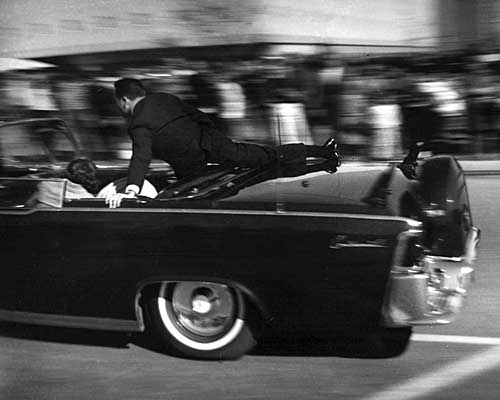
Kennedy is shot and mortally wounded as he is driven through Dealey Plaza in an open car with the first lady, Texas Gov. John B. Connally and Connally’s wife, Nellie. Connally is also struck by a bullet. Later, Connally will recall that he said, “My God, they are going to kill us all.”
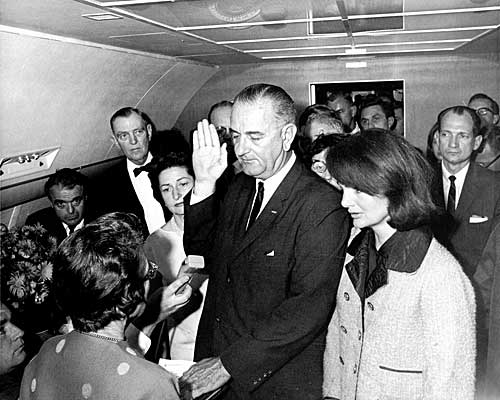
Vice President Lyndon B. Johnson takes the presidential oath aboard Air Force One at Dallas’ Love Field. In the hastily arranged ceremony, Johnson took the oath upon a missal, a Catholic liturgical book, found on a side table in the president’s airplane bedroom.
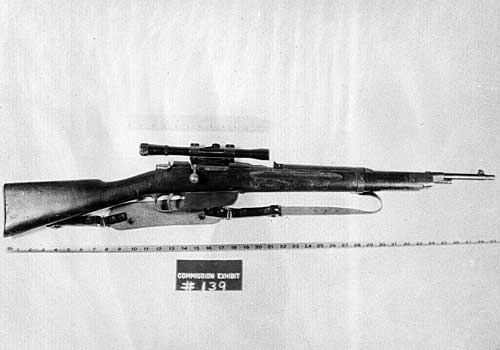
Dist. Atty. Henry Wade makes public that the palm print of Lee Harvey Oswald has been found on the rifle experts believe killed President Kennedy.
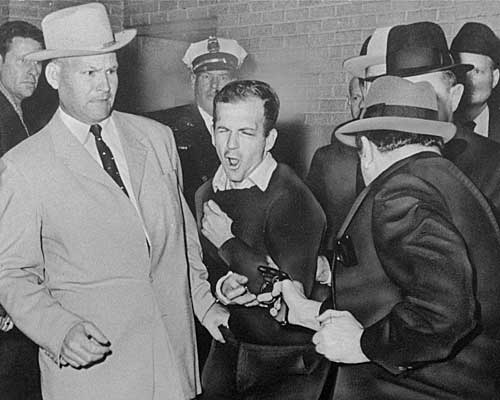
Oswald is mortally wounded by Dallas nightclub owner Jack Ruby in the basement garage of police headquarters. The incident is captured on live television.
Read Times reporter Gene Blake’s eyewitness account of the shooting.
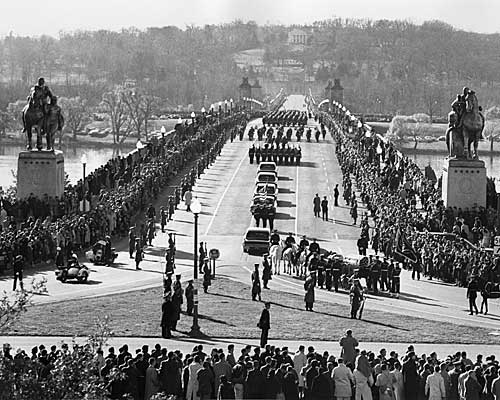
An estimated 800,000 mourners line the streets of Washington as the slain president’s casket is taken from the Capitol to the White House, then to St. Matthew’s Cathedral, and at last to Arlington National Cemetery, where he is buried with full military honors.
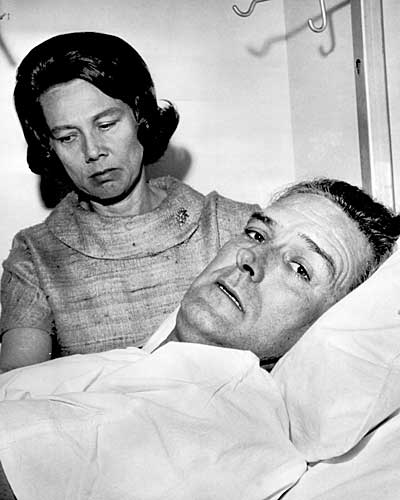
Gov. Connally, who was wounded during the assassination of President Kennedy, gives his first interview from his hospital bed. “In the space of a few seconds,” he said, “great joy and anticipation was turned to great tragedy.”
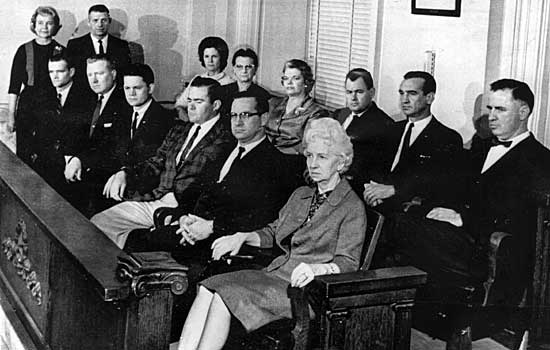
Eight men and four women are chosen to hear the Ruby murder trial. One news account says of the panel: “It is a young and apparently intelligent jury.”
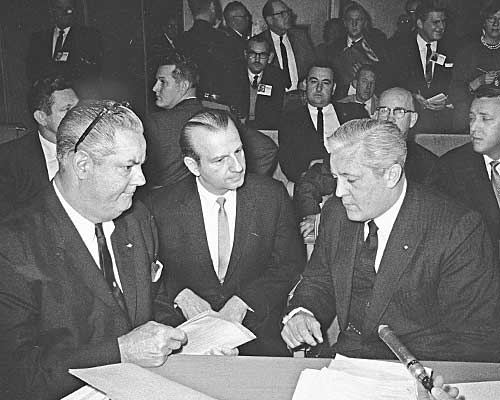
The Ruby murder case goes to the jury, with the state pleading for the death penalty and chief defense attorney Melvin Belli telling the panel, “This poor, sick fellow … and sick he is…. This man should be turned out.”
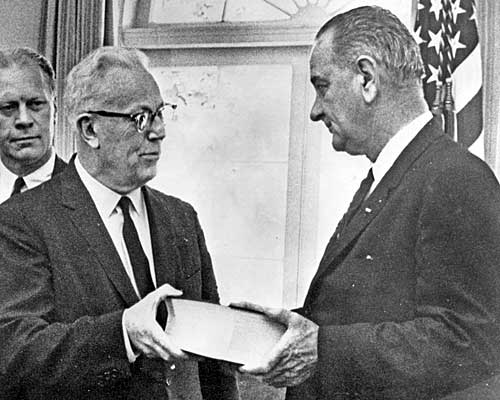
The Warren Commission releases its report on the assassination. The seven-member panel rules that Oswald planned and executed the “cruel and shocking” slaying of the president without assistance from any individual or group.
Read the summary and conclusions in the Warren report.
Ruby dies of complications from cancer at Parkland Hospital, where the president and Oswald died in November 1963.
Read more about Jack Ruby.
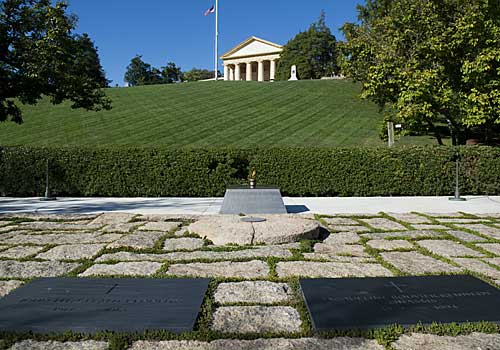
Jacqueline Kennedy Onassis dies of cancer in her New York apartment at age 64. The former first lady is later buried alongside President John F. Kennedy in Arlington National Cemetery.
Sources: Los Angeles Times research
Credits: Maloy Moore, TimelineSetter
